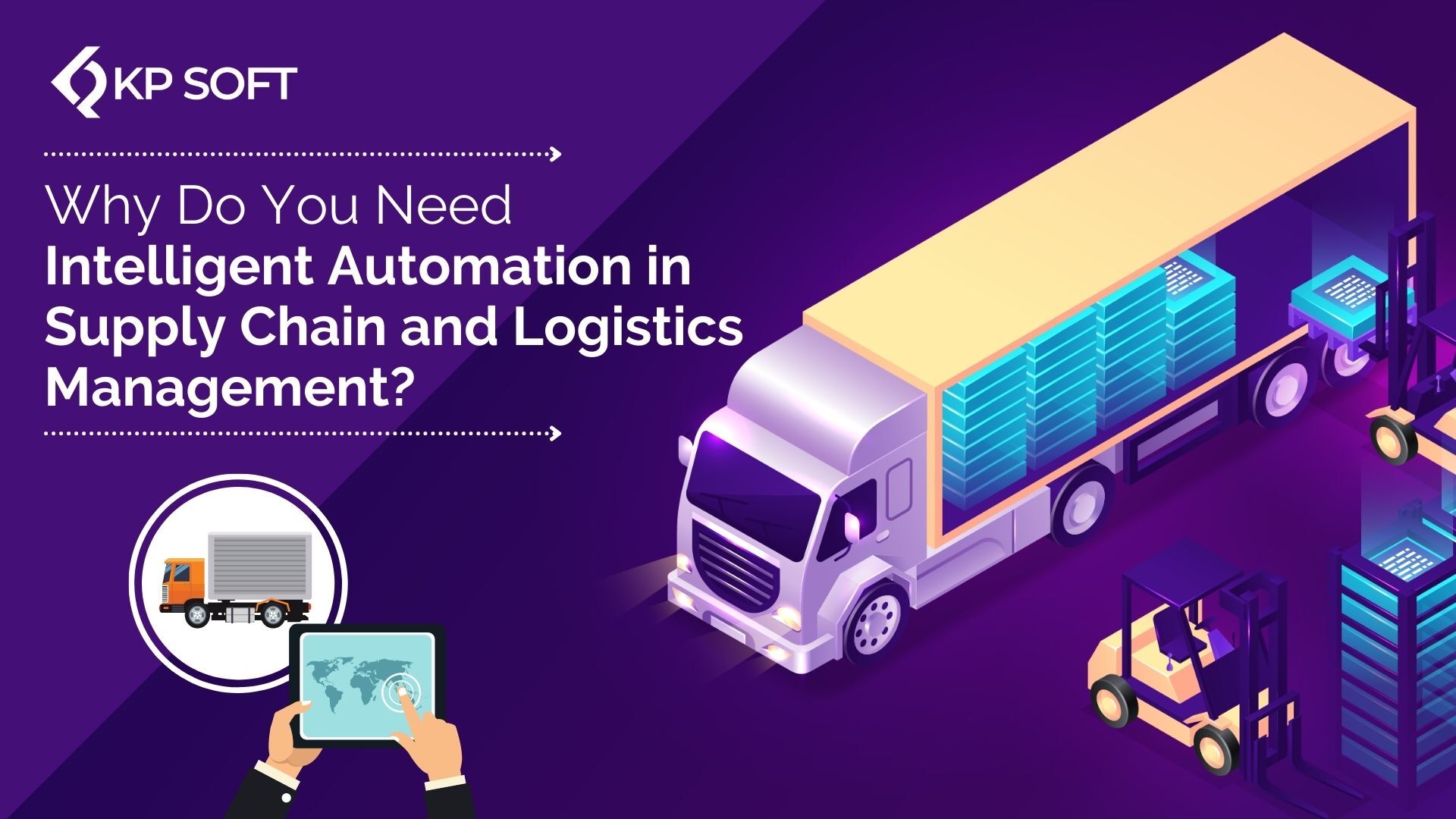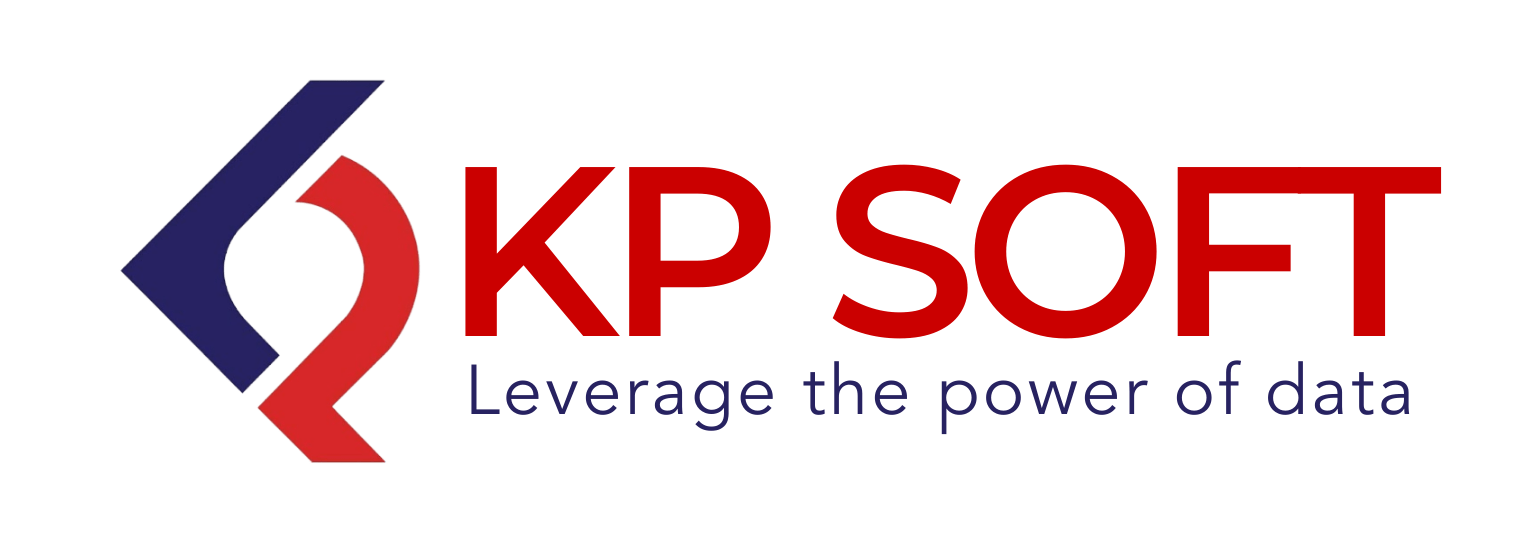
- January 19, 2022
- Prasad Kanigicherla
- 0
“The history of logistics is also a history of automation, from the steam engine to the forklift to today’s robotic pickers and packers.”
-McKinsey
Introduction
Intelligent Automation is currently a well-known specialized concept for organizations. Intelligent aspects are introduced by robotics, computer science, and other new technologies.
They perform human actions and act by interpreting data without direct human intervention.It begins with RPA and adds further developed advances. One can use AI, speech recognition, and business processes to automate interaction.
Key Challenges of the Supply Chain and Logistics
After working with some leading logistics companies in the USA, we have figured out some common pain areas the sector is facing:

What is Intelligent Automation in the Supply Chain?
Supply chain operations include tasks that are redundant and inclined to human mistakes. Intelligent automation expands the automation horizon.
Supply chain operations include tasks that are redundant and inclined to human mistakes. Intelligent automation expands the automation horizon.
It assists the supply chain and functions industries in accomplishing this. Intelligent automation emphasizes high levels of precision and efficiency in performance.
Intelligent automation applies the concept of breaking tasks down into repetitive steps.Rather than having humans perform steps, IA replaces it with a software bot. You can free up your team to do more important work.
KP soft is also making similar developments in Intelligent Automation.
According to McKinsey, the transportation-and-warehousing sector has the third-highest automation potential compared to any other sector.
The below figure is showing the adoption rate of the upcoming logistics technologies.

If you want to see yourself in this technology adoption curve, visit us to connect with our intelligent automation experts.
What are the benefits of IA in supply chain and logistics?
New progress in robotics and AI enables automation technology to handle manual tasks. Tasks can also be carried out with supplementary benefits such as:
- Automating routine manual tasks: Generally, data error rates range from 1 to 5%. Organizations can limit human errors in the information sector by sending clever computerization. The risks of making incorrect decisions can be avoided. One can reduce the possibility of missed opportunities.
- Transparency and operational visibility: End-to-end process visibility improves with intelligent automation. Each system and procedure remain within sight, which improves transparency. It also gives scope for continuous improvement.
- Agile to respond to the unexpected: Once automated, a process runs 24/7 with no breaks. RPA bots can be booked on request too. Ensure regulations are always met: Various industries have strict regulations and policies. Intelligent Automation can make sure that the regulations are always met.
- Streamlining data sharing and exchange: Key information exchange between various parties can be streamlined using cloud integration platforms. Apps created in MS Teams, Slack and google applications can be used to monitor your emails for content and documents and can be automatically transferred to correct parties using business rules.
- Ensure regulations are always met: Various industries have strict regulations and policies. Intelligent Automation can make sure that the regulations are always met.
How is Intelligent Automation transforming the supply chain and logistics sectors?
Intelligent automation is the supply chain management of the future. It joins RPA, a few types of AI, and BPM instruments to make an independent inventory network for you.
Let’s see some of the production network systems that can be automated. These include:

There are a few errands in the store’s network system that demand manual desk work. With shrewd robotization, this reliance is brought to the base.
It permits organizations to set new benchmarks in fluency. More robotization seems like the response to three issues confronting contract operations organizations.
While many of the jobs could be automated, this does not dismiss the impact it will have on jobs. Businesses must account for the insignificant costs to their employees and communities.
In 2017, 4 million Americans worked as managers, material controllers, or packers. They account for over 3% of the workforce and earn more than $100 billion in annual wages. Many jobs can be assigned new roles, like maintaining the new machines.
Balance AI and human skills. Artificial intelligence copies human mental capacities, like learning and understanding normal language. It’s possible to digitize a wider range of errands. This means top talent can focus on key matters.
A Projection of the Intelligent Automation Market Size from 2016 to 2023

How can KP soft help with this change?
Your firm’s networks become complex as it expands and engages with more suppliers. It drives reliable and intelligent technologies to form autonomous supply chains. Here, IA reduces the gap, improves transparency, and saves time and money.
One of the companies at the forefront of intelligent automation is KP soft. They have helped several companies transition from silo automation to intelligent automation. Interested in seeing how supply chain automation works on the KP soft platform?
Talk to our intelligent automation experts to know more.
